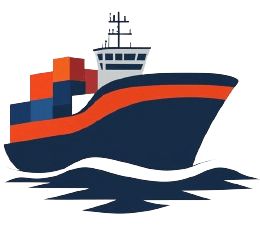Predictive Route Optimization Algorithms vs. Classical Optimization Algorithms
| Criteria | Predictive Route Optimization Algorithms | Classical Optimization Algorithms |
|---|---|---|
| Definition | Algorithms that leverage historical data, real-time data, and machine learning to predict and optimize routes dynamically. | Algorithms that use mathematical models and deterministic methods to find the optimal solution for routing problems. |
| Data Utilization | Utilizes large datasets including historical traffic patterns, weather conditions, and real-time data feeds. | Primarily relies on static data and predefined parameters without real-time adjustments. |
| Adaptability | Highly adaptable to changing conditions such as traffic, weather, and road closures. | Limited adaptability; requires re-computation if conditions change. |
| Complexity | High complexity due to the integration of machine learning models and real-time data processing. | Moderate complexity; relies on well-defined mathematical models and algorithms. |
| Scalability | Scalable with cloud computing and big data technologies; can handle large-scale, dynamic environments. | Scalability can be challenging; performance may degrade with increasing problem size. |
| Accuracy | High accuracy in dynamic environments due to continuous learning and adaptation. | High accuracy in static environments; accuracy decreases with dynamic changes. |
| Computational Resources | Requires significant computational resources, including high-performance computing and large storage. | Requires moderate computational resources; can be run on standard computing systems. |
| Implementation Time | Longer implementation time due to the need for data collection, model training, and integration. | Shorter implementation time; based on established algorithms and models. |
| Real-time Processing | Capable of real-time processing and adjustments based on live data feeds. | Limited real-time processing; typically requires batch processing. |
| Examples of Algorithms | – Machine Learning-based Predictive Models – Neural Networks – Reinforcement Learning Algorithms | – Linear Programming – Integer Programming – Dynamic Programming – Genetic Algorithms |
| Use Cases | – Dynamic route planning for delivery services – Real-time traffic management – Predictive maintenance scheduling | – Vehicle routing problem (VRP) – Traveling salesman problem (TSP) – Network flow optimization |
| Advantages | – High adaptability and accuracy in dynamic conditions – Continuous improvement through learning | – Proven and well-understood methods – Easier to implement and understand |
| Disadvantages | – High computational cost – Requires large amounts of data and sophisticated infrastructure | – Less effective in dynamic environments – Limited by static data and predefined models |
| Industry Applications | – Logistics and supply chain management – Smart cities and urban planning – Autonomous vehicle routing | – Manufacturing and production planning – Telecommunications – Transportation and logistics |
| Future Trends | – Integration with IoT and edge computing – Enhanced predictive capabilities with AI advancements | – Hybrid models combining classical and predictive approaches – Improved algorithms for specific applications |



